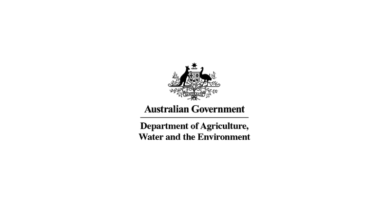Khapra beetle interceptions in imported goods: Australia
14 August 2020, Canberra: The department is currently managing and investigating several Khapra beetle interceptions in recently imported cargo and containers. Australia maintains a pest free status for Khapra beetle, a serious pest of stored grain and dried food products.
Australia has a robust biosecurity system that reduces the risks posed by exotic pests and diseases, and well established procedures to manage interceptions when they do occur.
The recent interceptions occurred in imported non-food goods, such as refrigerators, car parts, nuts and bolts, as well as empty containers and high-risk food goods such as spices and flour.
The department is working closely with importers and businesses to manage the risk and to get information to determine what other products may be of risk.
Read: MustGrow Announces Successful Proof-of-Concept of Non-Selective Bio-Herbicide
Shipment tracing
All goods associated with the shipments are being traced to identify, contain and eliminate any potential biosecurity risk.
Additionally, the department is analysing global trade patterns to gain a better understanding as to why these interceptions are taking place, and how non-food goods can become infested. It is likely that Khapra beetle can hitchhike in containers that previously carried high-risk items.
A range of urgent measures are being put in place, using a phased approach, to safeguard our country from khapra, including stricter import conditions for high-risk goods.
Read: Corteva Agriscience announces the launch of Instinct NXTGEN™ nitrogen stabilizer
Importers, businesses and consumers are asked to report anything unusual in their imported goods. To report a biosecurity concern visit awe.gov.au/report or call the See. Secure. Report hotline on 1800 798 636.
Khapra beetle larvae are 1.6–7mm long, golden brown with distinctive hairs across the body, including longer hairs at the end of the body that resemble a tail. Adults are less common, and are 2–3mm long, oval shaped, light yellowish brown to dark brown and covered with many fine hairs.
Read: CABI helping Colombia’s coffee farmers tackle pest with remote sensing technology
They can be found in stored products and around places where stored products are kept or transported. This includes between cracks and wall linings of storage containers.
Photo credit: Vegan Photo on Visualhunt / CC BY















